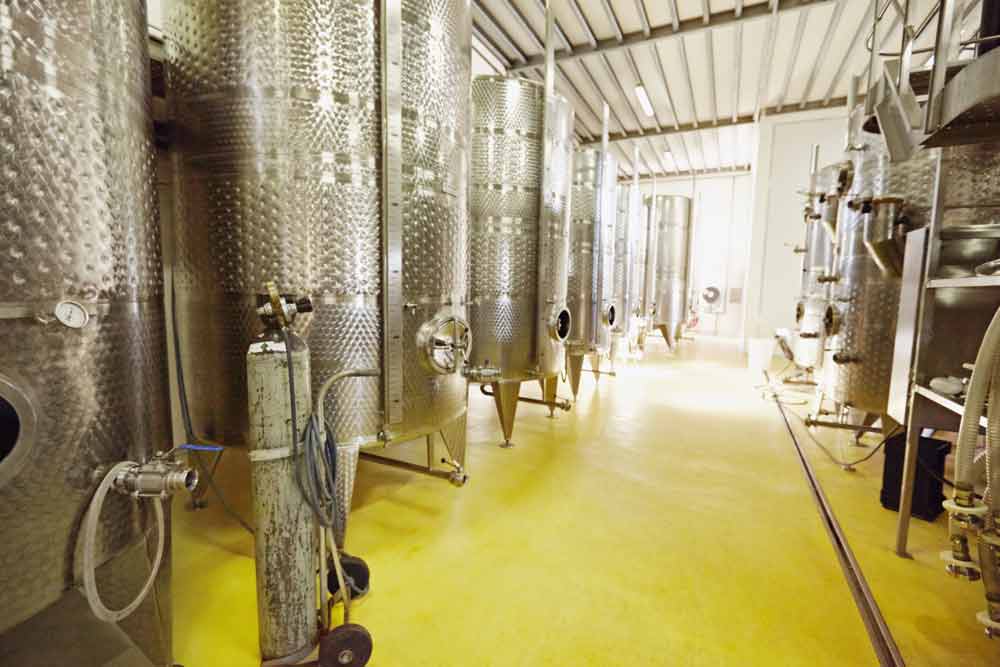
Lubrication is crucial for a diverse range of operations and industries involving mechanical equipment. All onsite machinery with moving parts requires lubrication to remain functional, but many factors are involved in selecting the best solution for each item of equipment. How regularly does a machine need lubrication? What role does the machinery perform? What type of operating environment is it located in?
Whether it’s wet, dry, cold, or hot will impact the lubricant type required, but also whether the site is clean or experiences contaminants. How quickly equipment works, and the loads involved are also important in determining whether it is used for food processing. Before ordering any lubricant, all these areas must be considered. Below, we explore the key factors concerning lubricant procurement to inform and assist with your decision-making process.
Lubricant function
From oils and greases to speciality fluids, lubricants perform a diverse range of functions. These include managing friction to reduce energy consumption and heat generation and controlling mechanical wear. Lubricants also seal machinery against potential contamination and remove harmful particles from mechanical systems and defend components and surfaces against corrosion. Lubricants also manage operating temperatures, acting as coolants, or transferring heat.
To select a lubricant, you must understand the specific lubrication challenges and requirements of your equipment or application. You can then examine the specifications of orderable lubricants and match them to the functionality needed.
Lubricant ingredients
Lubricants typically consist of a base oil and additives that enhance and/or inhibit the characteristics of the base oil to improve performance for a specific application. For example, a lubricant might include EP (extreme pressure), anti-wear, anti-corrosive additives or a thickening agent to increase its viscosity. Lubricants used in food production must meet specific safety requirements and must not contain toxic ingredients of used in areas that could contact edible produce. Choose a lubricant which best offers the ingredients that will support the needs of your machinery and its processes.
Lubrication application
Not all lubricants are used identically. The application method required often depends on the specific equipment. For example, an easily accessible component can be lubricated simply with a spray-on product or hand-applied grease. However, some parts are hard to reach and use an automatic dispenser that is refilled at longer intervals. Other components like chains need regular lubrication from a continuous dispenser. Match the lubricant you order to the application requirement of your equipment type.
Lubricant lifespan
Lubricants always have a maximum lifespan, and once this is reached, they must be replaced. Deteriorated lubricants can no longer fulfil their role; continued use puts equipment at risk. Metal-on-metal wear and destroyed bearings, among other problems, leads to expensive repairs and mechanical downtime at a loss of productivity and profit.
Lubricants require monitoring and testing to ensure they are still fit for purpose. Regular oil sampling and testing can help you avoid changing oils too soon or too late and wasting resources can cause harm to your equipment and operation. Lubricant lifespan is impacted by operating temperatures and contamination, so select a product that can withstand the heat levels present and the contaminants like air, water, and debris.
Lubricant cost
When purchasing any product for your operation, price is always important. However, attempting to cut costs on lubricants can add up to greater expenses in the long-term. When an inferior or inadequate solution is used, this can result in expensive downtime, costly repairs and, in worst case scenarios, total equipment failure and replacement.
A food-processing factory might use conventional mineral oil on its transport chains as it is food-safe and affordable, but its disadvantages will outweigh its lower cost. For example, the oil might be poor quality and require more volume to lubricate or break down easier under contamination.
As a result, to calculate the cost of a lubrication product, companies must look beyond the price tag listed. You must always factor in the cost of potential replacement parts or mechanical downtime, loss of productivity because of halted operations, employee hours required for increased application and any other factors that could be a serious issue for your firm.
To sum up, when purchasing a lubricant you must consider many different factors. Take the time to understand your operation and the equipment involved, and select lubricants designed to enhance the processes in play and cope with the working conditions present. Choose a product with ingredients that match your operating needs and method of application, but that can also provide longevity. Buy high-quality products and remember that buying a cheaper lubricant can be a false economy.
While the latest industrial lubricants might be more expensive to purchase, they will offer a solid return on your investment by improving mechanical performance and offering extended lubricant and equipment lifespan. Always consult your original equipment manufacturer (OEM) lubricant recommendation before buying a product for any application.








































